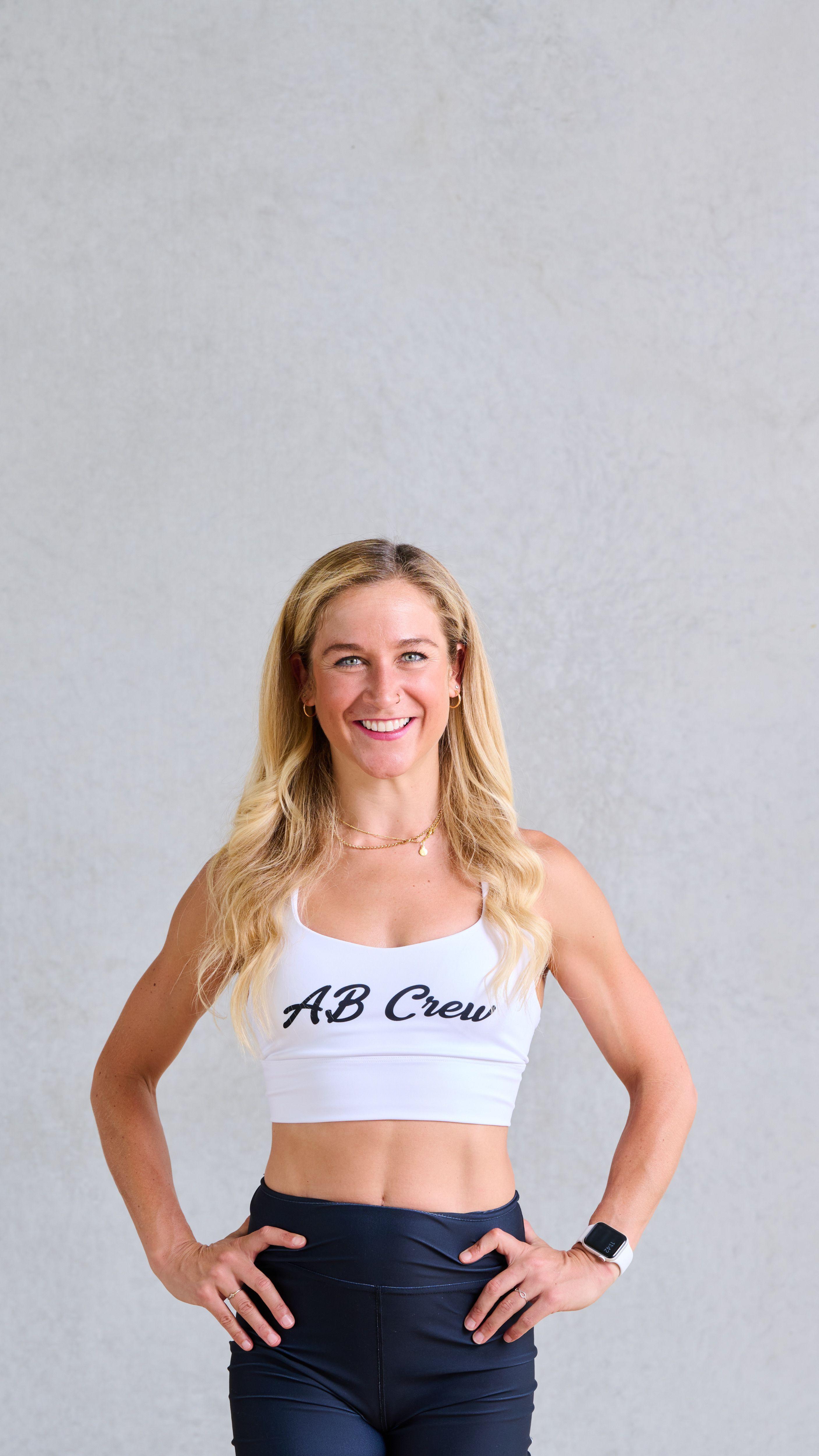A Physio’s Guide to Buying the Right Mattress (For Runners, Rest & Recovery)
When you think about performance, injury prevention and recovery, most runners focus on kilometres, cross-training or nutrition. But one of the most overlooked pillars of health, especially for runners is your sleep. And at the heart of that? Your mattress.
As a Physio who works with the running community every day (and is a very big fan of a nap), I’ve tested the lot. From high-end orthopaedic options to supermarket specials, I've tried it all. Here’s everything I know to help you choose the best mattress for your body, running recovery and ultimate nap goals.
Mattress Recommendations: What I Use & Why
I’ve personally tried many mattresses and worked with brands like Koala and Ecosa. My favourite?
The Ecosa Pure Latex Mattress
Why I rate it:
Supportive yet soft: A balance that suits most active bodies. Good for posture but feels plush in comfort.
Hypoallergenic: Great for runners prone to sinus issues or asthma.
No bounce zone: You don’t wake yourself or your partner up if you roll over/make a small move during the night.
*Fun fact and caveat to the above choice: When I moved to Byron Bay, I bought a mattress from the Aldi box mattress sale and I honestly couldn’t tell the difference between. It’s firmer, still soft and surprisingly great value. Don’t ever discount the middle isle at Aldi. It's where (literal) dreams are made....
First up, sleep hygiene insights from AB:
The Role of a Good Mattress: Your mattress is the foundation of everything. It holds your spine, reduces joint pressure, and lets your nervous system fully switch off. If your base is wrong, no amount of foam rolling or magnesium will fix your sleep.
Ideal Sleeping Temp? Around 18°C. (Coincidentally, the ideal race-day temperature too!) Cooler temps aid deeper sleep, and a cooling mattress can make a big difference, especially for hot sleepers or anyone going through hormonal changes.
What To Consider When Buying a Mattress:
Sleep Position:
-Side sleepers need more surface level cushioning (like soft-medium).
-Back sleepers need spine alignment (medium-firm).
-Stomach sleepers (not recommended) need firmer bases to avoid lower back sag and a very good pillow to protect the neck
Firmness Level:
Most runners do well on a medium-firm surface as it supports spinal alignment while being gentle on joints. For side sleepers with lateral hip pain: softer surfaces help reduce pressure on tendons and bursa.
Allergies:
Look for hypoallergenic, dust-mite-resistant materials, especially if you have asthma or sinus sensitivities.
Movement Transfer:
If you share a bed, latex, foam or hybrid options help reduce that “ripple effect” when someone moves or gets in and out of bed during the night.
Best Materials for Sleep Support:
-Memory Foam & Natural Latex: Supportive, quiet and reduce body ‘fidgeting’.
-Avoid low-density foam: They wear out faster and can sag, causing poor posture overnight.
-Skip toppers if you overheat: They often trap heat and disrupt thermoregulation.
KEY FACT: Your mattress should be like your favourite pair of running shoes; you shouldn’t notice it once you’re in motion (or asleep).
How Your Body Type & Injuries Affect Your Choice
For Heavier Bodies:
A firm or hybrid mattress prevents excessive sinkage and supports long-term spinal alignment.
For Lighter Bodies:
A medium or soft mattress avoids pressure points around shoulders, hips and knees.
For Joint Pain:
“Plush but firm” is the golden rule: enough support for your spine, but not so hard that your hips or shoulders ache.
For Hot Sleepers:
Latex or gel-infused foam helps cool things down.
Skip toppers, go for breathable covers, and check for cooling layers or airflow zones.
Buying a Mattress Online? Here’s What To Know
Trial period: Look for at least 100 nights (Koala, Emma and Ecosa do; Aldi doesn’t).
Return policy: Some include courier pickup, some don’t - be sure to read the fine print.
Certifications: Ensure foams are non-toxic and allergy-friendly.
Read reviews: Especially the bad ones! Real insight lives in the complaints!
Physio Tip: If you’ve been working with a therapist, take their recommendation seriously. They understand your spine, structure and load needs better than a stranger on Google
When to Replace Your Mattress
Most last 7–10 years but if you’re waking stiff, sore or suddenly sleep better in a hotel, you probably need a new one.
Small Tweaks That Improve Sleep (Without Buying a New Mattress)
Bedding: Choose breathable cotton or linen.
Pillow: I’ve used Dentons pillows for 15 years, a game-changer for neck and upper posture.
Lighting: Ditch screens and overhead lights an hour before bed.
Routine: Consistency is king. Try a 10-min breath-led mobility flow before bed.
Movement: Daily low-impact training (like Pilates!) improves sleep regulation and recovery.
Final Thought: Don’t Overthink It
The best mattress for you is the one that keeps you comfortable, well-supported and asleep through the night. Whether it’s a high-end latex number or an Aldi surprise deal & if you wake up feeling restored, you’ve nailed it.
Remember, sleep is one of the most powerful tools for injury prevention, recovery and mood. If you’re waking up sore, unrested or agitated it might be time for a mattress change or an overhaul of your sleep routine....
See you on the mat,
AB

About Alice Baquie
Alice has been a physio for fourteen years and specialises in injury prevention and management for runners. Alice has represented Australia in distance running and gymnastics so has sound knowledge of athletic performance and understands the importance of strength conditioning and mobility to help keep the body moving effectively to mitigate injuries.
Alice, otherwise known to her wonderful pilates community as AB is a fun loving inclusive person always ready to chat and have a laugh and has hosted 1000’s of online classes which attract people from all around the world, including 25 Aussie Olympians.


